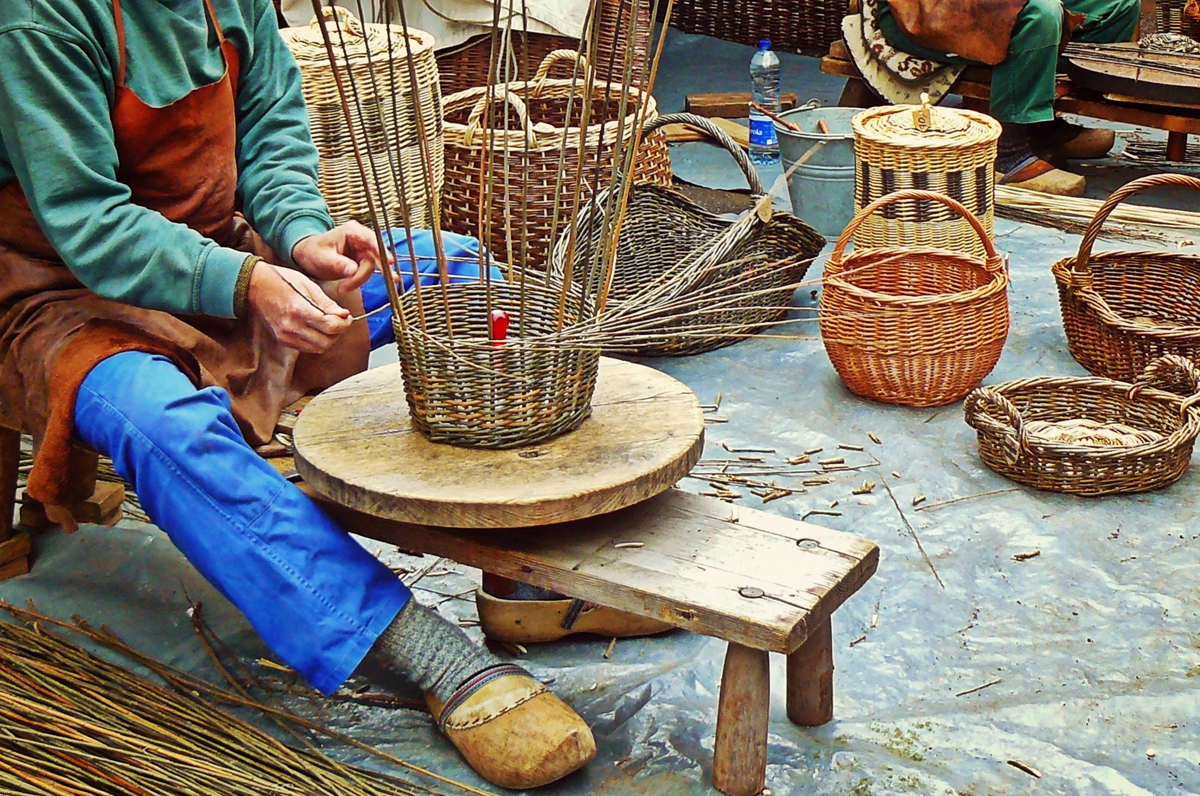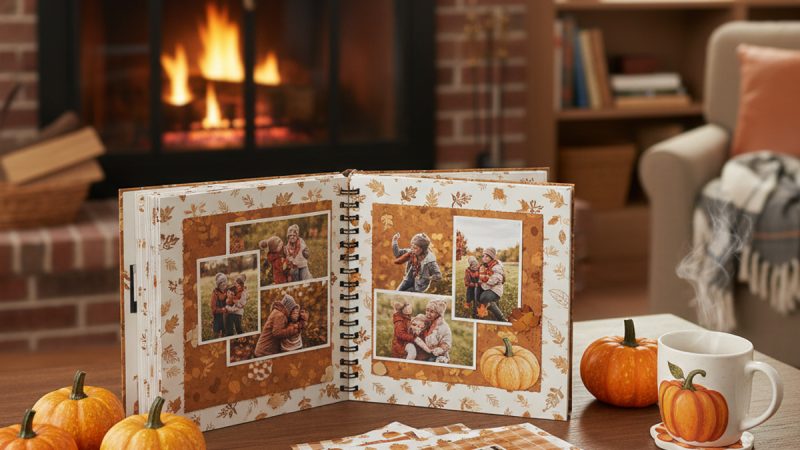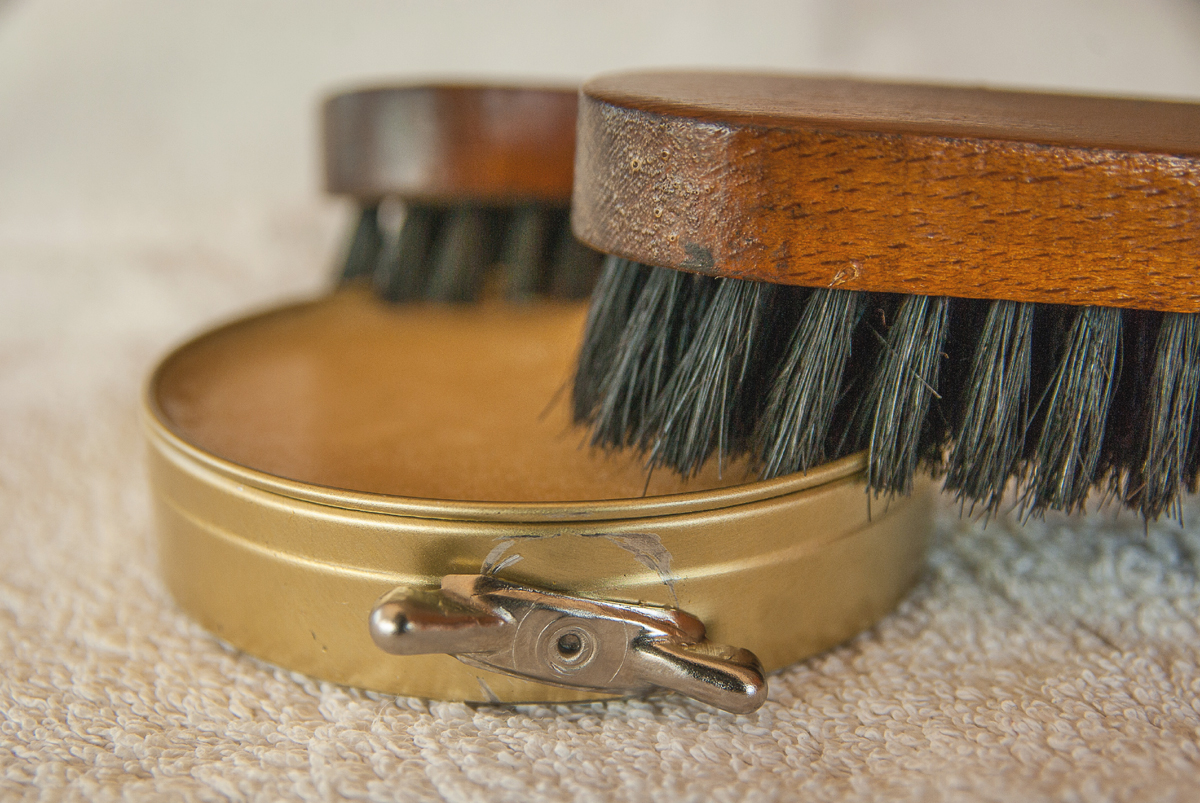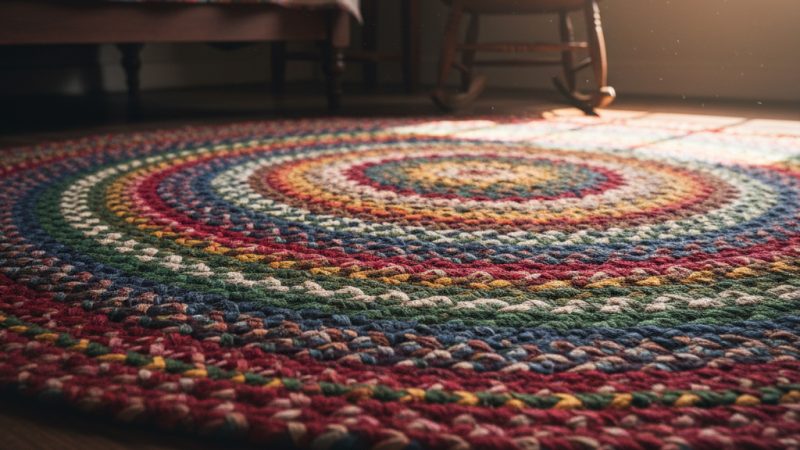Handmade Baskets and Their Beginning

Baskets add a piece of history as well as decor to our homes going back in time when objects were handmade out of necessity rather than for a hobby. They were used in the home to hold things like potatoes, onions, flowers and to carry eggs. Again we are finding out that baskets are practical, space saving for storage and attractive. They can add an extra splash of color to any room.
No one is really sure who made the first baskets or when they were made, but the Egyptian, Romans, and Britons were all very talented in the art of making baskets. Many believe though that the Southwest Native American Indians could have been weaving and using a type of coiled basketry as early as 7,000 B.C.
Baskets were first made from whatever materials that were handy and native to the culture of the weavers. If in fact the Native Americans were the first people to weave baskets, they might have used twigs, pine needles, reeds, roots, rye straw, rattan, yucca plant, wood from young willow trees, hickory, black ash, white ash, white oak and rattan.
The early types of baskets were made with a weaving coiled, wickerwork and plaiting methods. With each method they could create different weaving patterns and styles to fit the purpose of the basket. They were used for storage, carrying water, preparing meals, baby carriers, cradles, winnowing grain, screens, weirs, helmets, canoes, shields and for ceremonial purposes.
The warp part of the basket or bottom is the foundation which the weft or sides is woven on. Coiled basket weaving is done by coiling the foundation material (wrap) around in a spiral. The coil is wrapped with the weaver (weft) which also connects each succeeding row to the previous row. Wickerwork is done by weaving over and under the ribs (warp which usually run up and down) with the weaver (weft) which goes around. In plaiting both the warp and weft materials are usually made of the same materials and the warp and weft are used equally to pass over and under to made the different patterns. This type of basket is more flexible than a coiled or wickerwork basket because it is not tightly woven, often because of the type of material that is used. Being flexibility of the basket doesn’t make it any less valuable or useable than the other materials and weaving methods.
One of the fist made famous named baskets from the mid to late 1800’s was the Nantucket basket. It was made by the sailors who manned the lightship (lighthouse) station outside Nantucket Harbor. Having nothing to do but keep the lights burning they occupied their time by weaving what is known as a Nantucket Lightship basket. They were usually made in sets of graduated sizes and nested one inside the other.
Another well-known basket design is the buttocks basket, which is known by three names. An eggs basket, gizzard basket or buttocks basket because of the characteristic double bowl shapes on either side of a center hoop. This basket was used by early farmers to collect eggs because of its unique shaped bottom; it did not allow the eggs to roll. The Old Order Amish Community still use this basket today. Because of its unique shape, there are just a few basket weavers skilled well enough to create it.
Today many of the Old Order Amish basket weavers use a solid wood bottom and by attaching ribs they weave a type of wickerwork pattern of wicker by alternating rows that start at the bottom, working their way to the top. The Amish weavers dye their wicker with permanent dye to allow them to create baskets to match any color decor inside or outside the home. Also, they have found by attaching solid wood lids they are able to travel in their buggies without worry of something flying out or getting dusty.
Many of the small Amish communities that are not located near a large tourist area have found that their basket weaving is a great way to help with the family income. They place a sign out near the street or in warmer weather have a small market stand near the road. They offer their baskets, bake goods, garden vegetables, hand loomed rugs and other handmade items for sale.
Even though the Old Order Amish only use primitive tools, they are very creative and talented and I am confident that they will still be creating and designing many more new unique country baskets in the future. I know I will be one of the first in line to purchase them.
The Amish basket weavers have been making quality wood wicker basket for centuries. Many Amish families’ source of income is from their basket making. The complete family is involved in their work. Many of the children start learning to weave as young as five years old.
The Author:
I could go on for several pages of the wonderful things I have learned in the short time that have had my website and what wonderful kind friends the Amish are. Just when I thought God was shutting the door on my life, He was really just opening a window so I could fly free and start a new one. I have learned through trusting Him that He will always keep me on the right path.
Photo. Anja
Source: EzineArticles.com








